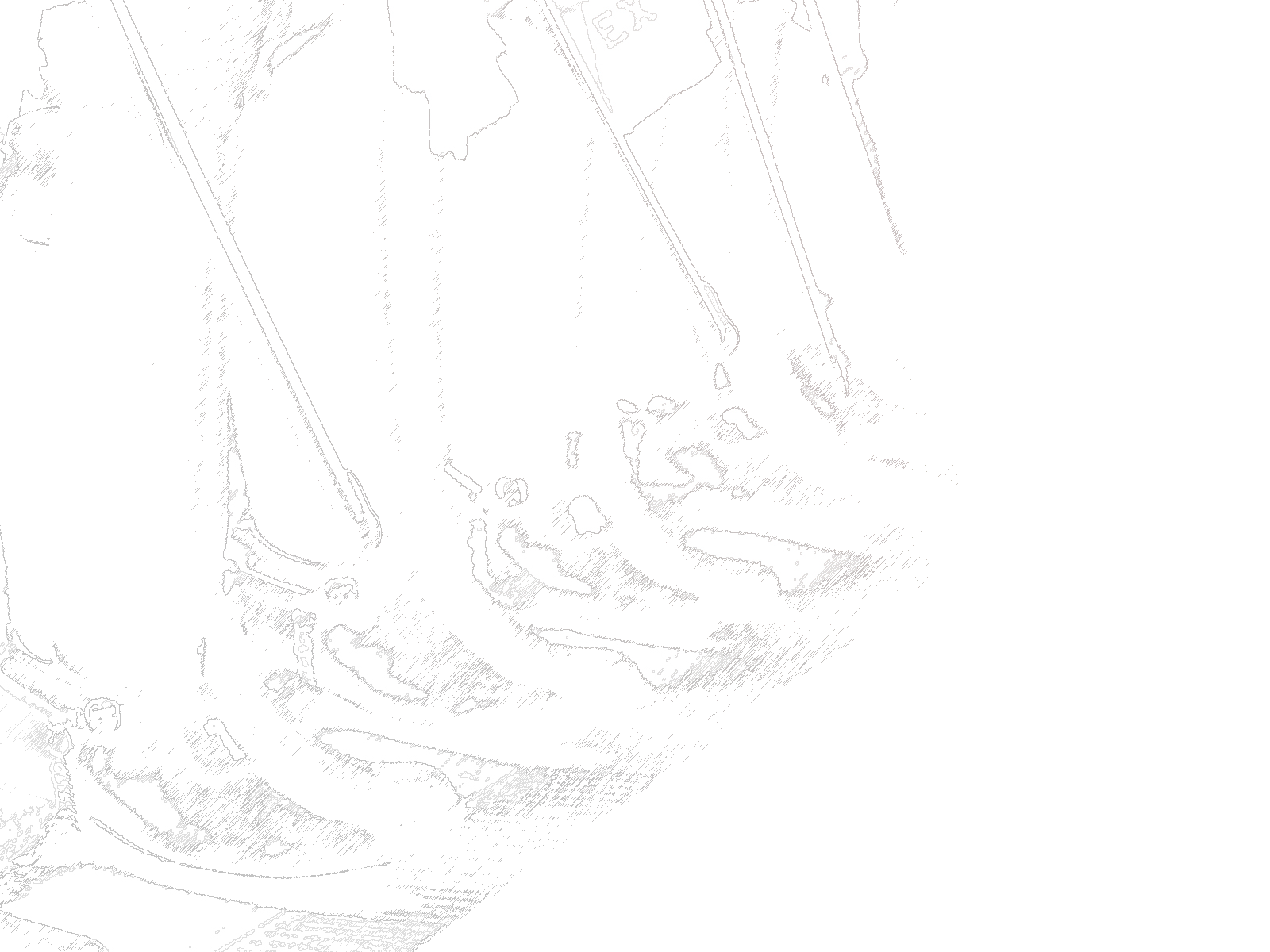Here’s my full column that ran in the Washington County Daily News yesterday.
Wisconsin long ago recognized that transparency in government is critical for good government. As former Wisconsin Attorney General Brad Schimel says in the most recent edition of the Wisconsin Public Records Law Compliance Guide, “citizens cannot hold their elected officials accountable in a representative government unless government is performed in the open.” In recognition of that imperative, Wisconsin has one of the best open records laws in the nation.
Wisconsin’s public records statutes are comprehensive and firm. In general, they require that, with rare and specific exceptions, government officials must provide access to any existing government records upon request. Officials do not have to create new records, but they do have to provide them if they exist. The law is great, but as with any law, its utility must be measured by its execution and enforcement.
While looking into different issues, I have had cause to file open records requests with three local governments in recent months. The inconsistent responses reveal how challenging it still is for a Wisconsinite to hold his government accountable when government officials choose to be difficult.
While slightly different, all three of my open records requests asked for “any electronic communication … including emails, official email accounts or personal accounts, SMS, SnapChats, Facebook messages, Google Hangout Chats, iMessages, or any other format in which official business was discussed” to or from specific elected and unelected government officials for a range of dates.
I made my request of the city of West Bend on Dec. 19. I received an immediate acknowledgement of the request. After a couple of days of emails and a phone call clarifying my request, the city allowed me to download a PDF with 1,796 pages of emails to and from every Common Council member and other city officials. With some delay due to the Christmas holidays, I received the file on Dec. 28.
My request to Washington County was made on October 5. Again, I received an immediate response acknowledging my request. It went dark for a little while, but after I sent a reminder on Oct. 12, I was able to speak with the county attorney to clarify my request. He indicated that due to some of the sensitive nature of some of the documents, he would have to redact some information and advised me on the appeals process. Shortly after that conversation, I received an email with the requested emails with a few appropriate redactions on Oct. 15.
In both cases, the city and the county responded quickly, conscientiously, comprehensively, and without expense. The West Bend School District was a different story.
I made my request of the West Bend School District on Sept. 25. I received an immediate response acknowledging the request. On Oct. 3, I received a reply from the superintendent indicating that fulfilling my request would cost between $130 and $280 because the district’s policy is to print all of the emails at 10 cents per page instead of providing them in a digital format. He also advised me to submit my request directly to School Board members for their documents, which I did.
I exchanged a few more emails with the superintendent referencing recent Appeals Court rulings that digital records should be provided in their digital format and the wastefulness of printing thousands of emails when they could be easily transmitted digitally (as the city and county did). My arguments fell on deaf ears with the superintendent advising me the final judgement on Nov. 28 that my request would now cost between $150 and $300.
As for the request made directly to the School Board members, only three of them deigned to even respond to my request and one of them lied about using anything other than official email for district business. As a hint to public officials, there are at least two people involved in any communication. More on that in a later column, perhaps.
What have we learned about the ability for a Wisconsin citizen to peer into the workings of our government?
First, if a government wants to be obstinate, there is not much that a citizen can do about it. While the city of West Bend and Washington County were appropriately responsive and cooperative, the West Bend School District and board members threw up multiple roadblocks including ignoring requests and imposing an unnecessary and exorbitantfees. As a private citizen, all one can do is sue the government at great personal expense or file a complaint with the district attorney or attorney general. Historically, neither agency has ever been aggressive in enforcing open records laws. Government looks out for government.
Second, all three governments are doing a poor job of retaining and making available public records to occur outside of government-provided technology. In our modern age, it is not uncommon for public officials to communicate with citizens, vendors, lobbyists, employees, and others through multiple digital channels including SMS, social media, and various chat technologies. In fact, this is becoming commonplace with the ubiquitousness of personal devices.
If those public officials are using those technologies, they are creating a public record that should be open to public scrutiny for a reasonable amount of time. Otherwise, it is far too easy for our government officials to conduct themselves as angels in their official email while hiding their corruption in their personal devices. Every government needs to take the proactive step to implement policies regarding the preservation and retention of public records irrespective of format.
Wisconsin has great laws regarding open records, but they are only as good as government officials are willing to obey and enforce them. We still have work to do to ensure that our government is open and accountable.
